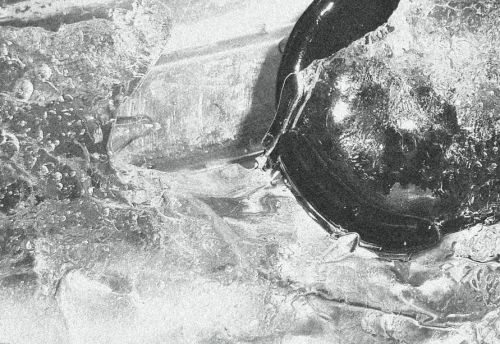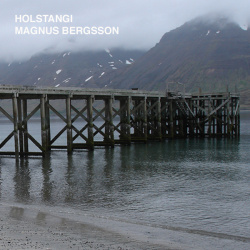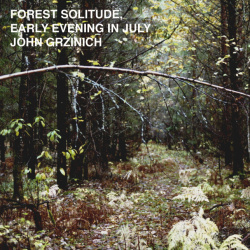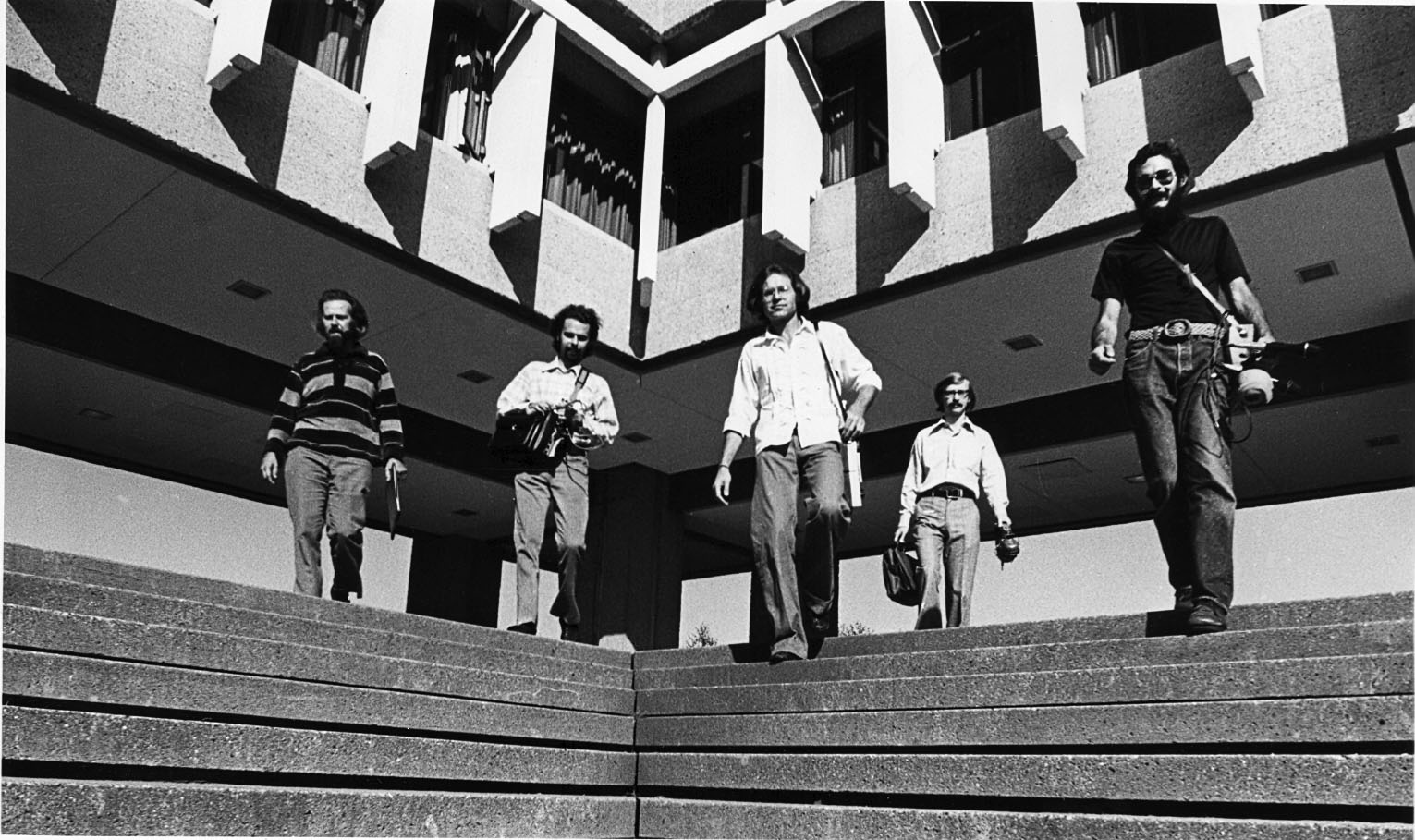Stereopublic: Crowdsourcing the quiet
 Thursday, January 23, 2014 at 23:51 tagged
Thursday, January 23, 2014 at 23:51 tagged  soundmaps,
soundmaps,  soundscapes,
soundscapes,  soundwalks
soundwalks
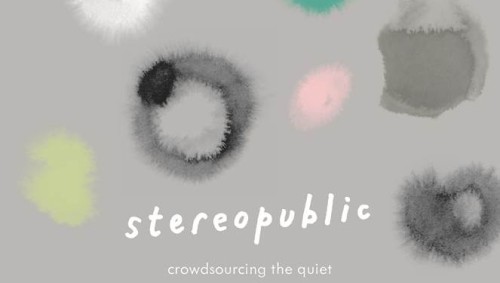
In urban areas, silent places where one can enjoy some quietude are getting more and more scarce. There’s a lot of what some might call “noise pollution”, sound harmful to human health and disturbing a balanced life. With cities still getting more crowded and thus louder every year, no wonder that this is quite a hot topic, also with artists. We saw Music for Forgotten Places by composer Oliver Blank last year for example, a project where one can dial a phone number on a sign to hear some music for a silent place in the city, and take a mindful moment in a busy city.
The Stereopublic project is similar in that it is also about taking a moment and listening, but different in the sense that it is built around an app and website, which document the quiet places and pieces composed for these. Not only the artist, but everyone can participate.
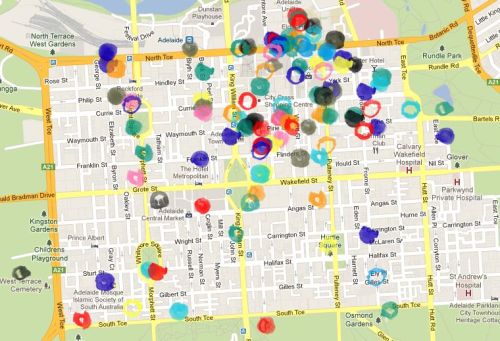
Sound artist Jason Sweeney started the Stereopublic project to help create a unique record of different places and make people more aware about their sound environment.
“Stereopublic: crowdsourcing the quiet” is a participatory art project that asks you to navigate your city for quiet spaces, share them with your social networks, take audio and visual snapshots, experience audio tours and request original compositions made using your recordings.
Originally started in Sweeney’s hometown Adelaide, the Stereopublic project is now catching on in other cities, mapping the silent areas around you. When I tried it last year, most cities weren’t open to map, but it seems Sweeney’s now opened the platform to anyone who wants to add a silent space, no matter where you are. Adding a space also means recording 30 seconds of ambience, which means slowing down and actively listening to your surroundings. Last year, 600 quiet spots were added in cities all over the world. In the future, we might just have big cities with dedicated quiet zones.




